From: Silver Screen
The 29th DC Environmental Film Festival is completely online this year: here are six films you can watch through the festival without leaving your home
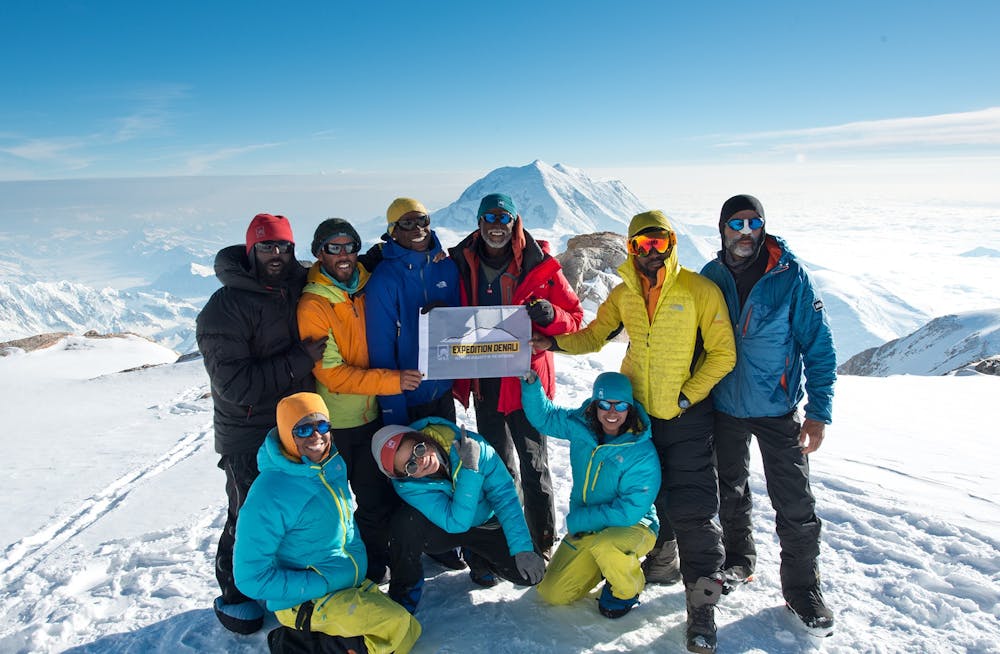
Like most other major events and gatherings during the coronavirus pandemic, the 29th annual D.C. Environmental Film Festival will take place completely online.
This year, the festival is packed with over 100 films that include a variety of shorts and features, some from 2021 and others from the 2010s and the early 2000s. Each film in the festival focuses on nature, environmental justice, sustainability or climate change through a unique lens. Some of the films investigate a niche issue in a singular community, while others hone in on issues that can be seen all over the world.
Those interested in the festival and its mission can also watch the festival’s opening welcome message, made by actor and known activist Jane Fonda.
The festival started on March 18 and ends on March 28. The dates and times to watch each film can be found in the festival’s film guide, as well as how to purchase tickets and passes for each film. Some of the films are free to watch while others require a $10 ticket purchase to be viewed. All-access passes, which grant access to all paid programs, can be purchased for $45 on the festival website.
Here are six features and shorts that you catch this week and next through the film festival.
An American Ascent (2014) directed by Andy Adkins and George Potter
By Olivia Kozlevcar
“An American Ascent” is a poignant short film that follows nine African American climbers as they ascend Denali, the highest mountain in North America, on the 100-year anniversary of its first climbing. By incorporating clips from Martin Luther King Jr.’s “I Have a Dream” speech, the piece chronicles how the athletes interpret King’s ‘mountain’ metaphor in a literal sense.
Historically, the underrepresentation of people of color in outdoor activities has limited minority engagement in these pursuits. As participant Erica Wynn points out, mountain climbing has traditionally been regarded as a sport for white men. The film poignantly addresses this inequity, tying the reality of a grueling expedition to the underrepresentation of the Black community within outdoor sports.
The team navigates tedious climbs and rejoices at moments of collaboration and rest. They find pride in their accomplishments and appreciate the beauty of the nature that surrounds them. They gather snow to boil into water, cook with pounds of butter and work through unexpected injury. They miss their families, while making quick life-or-death decisions. While the film is only 68 minutes long, it packs more of a soul-stirring punch than many feature length films.
Perhaps unavoidably, the film relies a bit heavily on niche terminology to explain the events of the climb. However, animations and subtitles are used to clarify the steps of expedition. And at the film’s core, the logistics of the physical journey are not the primary focus; the steps of the trek pale in comparison to the words of the travelers.
When the travelers fail to summit, due to unsafe weather conditions and lack of supplies, the climbers’ loss and disappointment in the outcome reverberates deeply.
And yet, the journey feels far from over.
“I don’t think it’s the right thing to say that I’m glad we didn’t summit, I don’t think I’d ever say that,” said climber Scott Briscoe during the film. “But, I like the story. I like the story a lot.”
“An American Ascent” is available to watch through the D.C. Environmental Film Festival from 12 p.m. on March 19 to 11:45 p.m. on March 28.
Anbessa (2019) directed by Mo Scarpelli
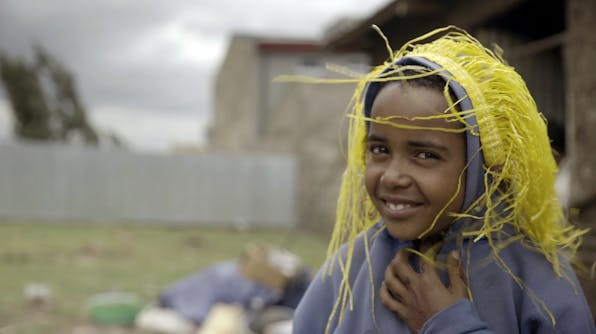
By Tristan Au
“Anbessa” is an intimate portrait of modernization and displacement set on the outskirts of Ethiopia and delivers entrancing visuals that blur the lines of magic and reality. The film follows Asalif, a young boy who has been forced to relocate to a hut with no running water or electricity to make way for new condominium complexes.
Director Mo Scarpelli takes an arthouse approach and uses the power of her cinematography to tell Asalif’s story. As the camera moves with meaning and sincerity, it’s clear that this is no standard documentary.
Asalif is smart: he rummages through trash for electrical pieces, builds them into lights and even makes his own toy helicopter. He embodies the childlike wonder that drives the film. As the film follows his adventures around the condominium complexes, it reveals a deeper insight into the increasing modernization of Ethiopia. At one point, Asalif reads a flyer about new residential developments built by Chinese companies, alluding to the ongoing Chinese project of urbanizing African countries.
While the film lacks a concise narrative, there is still a clear story being told. Asalif’s dreams are visualized in surreal scenes and represent his growing relationship with the nature around him. There are powerful moments of reflection and melancholy that blend Asalif’s childlike magical realm with the sharp reality of the new neighborhood. The sound of wind adds to the sometimes peaceful, other times blistering nature of the forest, which lies the Hyena, a both physical and metaphorical symbol of Asalif’s fear of nature. Asalif, however, is determined to become a lion, and protect his mother and home from any threat.
“Anbessa,” meaning lion in Amharic, is more visual poetry than it is documentary, with each shot deliberately framed to tell so much more. Its ability to express a child’s imagination within the serious context of a modernizing, unforgiving world should be lauded, and Scarpelli’s beautiful cinematography roars her story to life.
The delicately divine wheat fields near Asalif’s hut that contrast the out of focus endless stretch of residential highrise is telling; the intersection between nature and man has never been clearer.
“Anbessa” is available to watch through the D.C. Environmental Film Festival on March 26 from 8-10 p.m.
Aguilucho: Dance of the Harpy Eagle (2020) directed by Daniel Byers
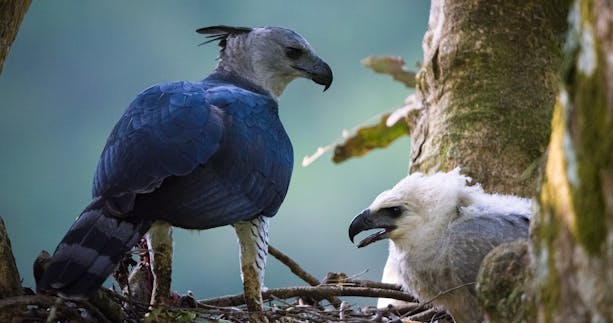
By Pablo Soto
Facing deforestation, the Emberá tribe of Playa Muerto, Panama, finds hope when discovering a Harpy eagle nest in its forest. This short documentary, by director Daniel Byers, sheds light on the discovery of what the Emberá tribe calls “Aguilucho” on its land and the journey to protect it in order to preserve its lands from deforestation and increase ecotourism.
There is a stark emphasis on the positive relationship between the Aguilucho and the Emberá tribe during the entire film as if one could not exist without the other. The women of the tribe even start a ritual dance to honor the Aguilucho. This ritual dance is taught to all the women and young girls, signifying that the dance could become a cultural tradition. The potent sounds of the drums beating during their dance symbolize the powerful connection between the tribe and the Aguilucho.
The film does an adequate job of not portraying them as hopeless, instead showing how the tribe has taken matters into its own hands to protect the Harpy eagle. The Emberá people started an educational and conservational program and hired a biologist to preserve the Harpy eagle and the ecotourism it brings to the community.
This story may seem niche, but it fits into the much larger and important conversation on the lost relationship between people and nature. Byers does a magnificent job portraying both the cultural and logistical connection between the tribe and the Harpy eagle. Viewers can connect with the cultural aspect of the dance and the spiritual significance of the Aguilucho, as well as the tribe’s desire to keep the animal safe.
“Aguilucho: Dance of the Harpy Eagle” is available to watch through the D.C. Environmental Film Festival from 10 a.m. on March 19 to 11:45 p.m. on March 28.
Eye of the Storm (2021) directed by Anthony Baxter
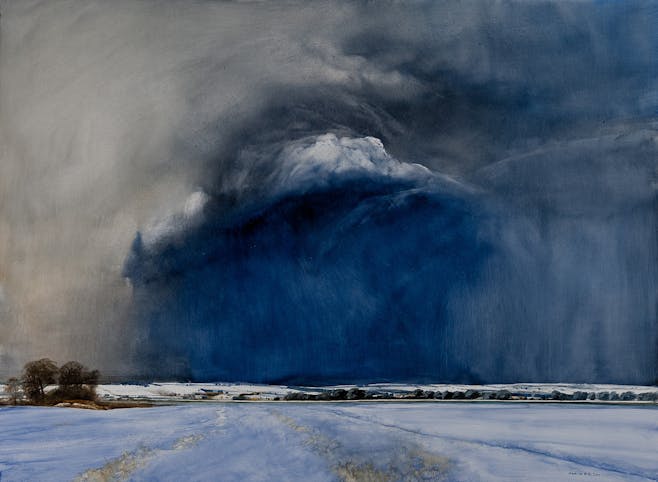
By Grace George
“Eye of the Storm” is an emotional journey into the life of James Morrison, one of Scotland’s most accomplished artists. It reveals Morrison to be an artist dedicated to the art of painting itself and to the landscapes his work depicts. It is also an exploration into aging and loss.
Morrison is in his late eighties during the two-year period over which this documentary is filmed, and he is losing his eyesight. At this fearful moment in his life, one where he is grappling with loss of sight and ability to connect with the world through painting, he is reflective and, at times, sorrowful and self-effacing. Mostly, however, Morrison is full of love and appreciation for the craft that he has dedicated his life to.
In between grappling with his changing body and ability, the documentary includes a fascinating history of Morrison’s work and adventures as an artist. The artist’s stories are based around the changing landscapes of his life, between his moves throughout Scotland and ventures into new places. Many of these stories are overlaid with lovely animation made in the style of his painting that make the viewer feel more connected to him.
There are some unnecessary divergences that feel ill-fitting and take the viewer out of the world of the film, including interviews with the film’s animator. Other interviews, like those with people close to him and familiar with his work, add insight into who Morrison is and the impact of his work.
“Eye of the Storm” has a moving and peaceful quality to it. It’s perfect for anyone who loves art and the Scottish countryside. Serene shots of Morrison’s artistic inspiration — isolated beaches, grand cliffs and landscapes independent of human contact — give you a mere glimpse into how Morrison viewed the world. It is a tribute to the solace and inner peace found in painting and the importance of nature to art and the soul.
“Eye of the Storm” is available to watch through the D.C. Environmental Film Festival from 12 p.m. on March 19 to 11:45 p.m. on March 28..
Gather (2020) directed by Sanjay Rawal
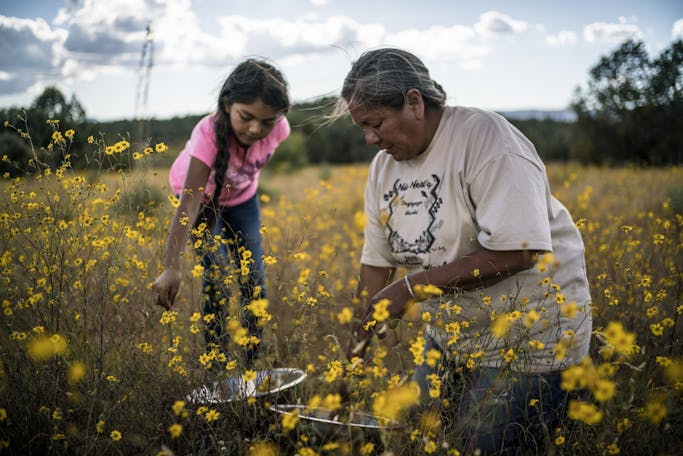
By Grace George
“Gather” takes a unique angle on Native American history and culture by centering food in the narrative of oppression and activism in the Native American community.
The U.S. Food Sovereignty Alliance defines food sovereignty as people’s right to access “healthy and culturally appropriate food produced through ecologically sound and sustainable methods, and their right to define their own food and agriculture systems.” “Gather” features the life and work of a few Native Americans across the West who are dedicated to the movement of food sovereignty.
This documentary is a touching exploration into the meaning of food and connections with the Earth as well as an artistic ode to indigenous foods and food practices.
The activists at the center of “Gather” discuss how colonialism has greatly affected the eating habits of their community and how eating, hunting and fishing traditional Native foods is a form of reconnecting with ancestral history and spirituality. They also show the viewer, through their own personal backstories and current work, how reconnecting with traditional foods promotes healing, both physically and mentally.
“Gather” is worth watching for the subject alone, but its enchanting shots of people and nature add to the viewing experience as well. The filmmaker plays with angles, filters and movement to animate vast fields, grand landscapes and lush nature where the film’s subjects collect sustenance from the Earth.
Each person the camera comes into contact with in “Gather” has an admirable focus on healing their community. One is a high school student looking to use her science research to help her community. Another is a chef opening a restaurant in a Native American community that is also a food desert. You root for each of them and, by the end, you will want to look them up and follow their future successes to pick up where the documentary left off.
Native American people deserve to lead conversations around environmental issues and sustainability. We can all learn from the people at the center of “Gather.” It is a must-see at the 2021 D.C. Environmental Film Festival.
“Gather” is available to watch through the D.C. Environmental Film Festival on March 19 8-10 p.m.
They Keep Quiet So We Make Noise (2020) directed by Marlena Skrobe
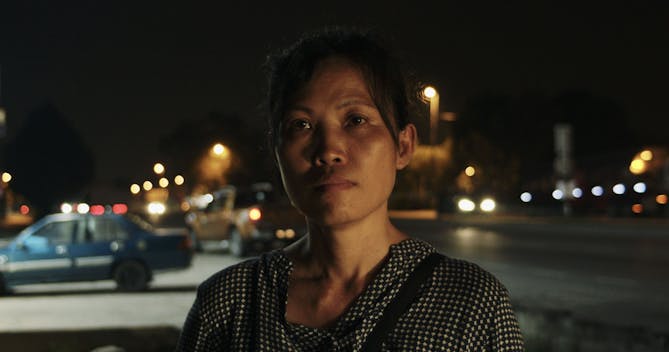
By Tristan Au
“They Keep Quiet So We Make Noise” showcases the fight to reduce plastic waste by focusing on recycling facilities in Malaysia. Director Marlena Skrobe follows environmental activist Pua Lay Peng and lawyer CK Lee as they work to expose the illegal activities in their local communities in Selangor.
Recycling factories in Malaysia have been importing foreign plastics and disposing of the majority of the waste that they cannot recycle. Through phone footage and investigative scenes, the film explores Pua and Lee’s efforts to reveal the continuous pollution of the land, air and sea to the local governments.
It takes them countless tries to enact change, but eventually factories start to close. Troubles arise, however, when Pua and Lee discover that the factories continue their operations at night.
Plastic waste dominates the frame for the majority of this film. The mountains of trash are a distressing sight, and it stings even more once it is revealed that the Malaysian government is too corrupt and disorganized to enforce their own environmental laws.
Pua and Lee push back against both their government and the foreign companies that continue to choose Malaysia as their dumping ground in a bid to protect their home. The film, while brief at a 12 minute runtime, is a powerful reminder of how we as individuals can make a difference and that our voices can never be silenced.
“They Keep Quiet So We Make Noise” is available to watch through the D.C. Environmental Film Festival from 10 a.m. on March 19 to 9:45 p.m. on March 28.




